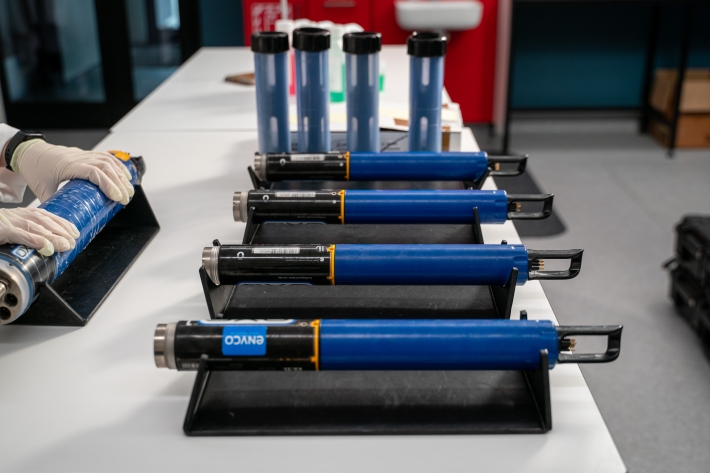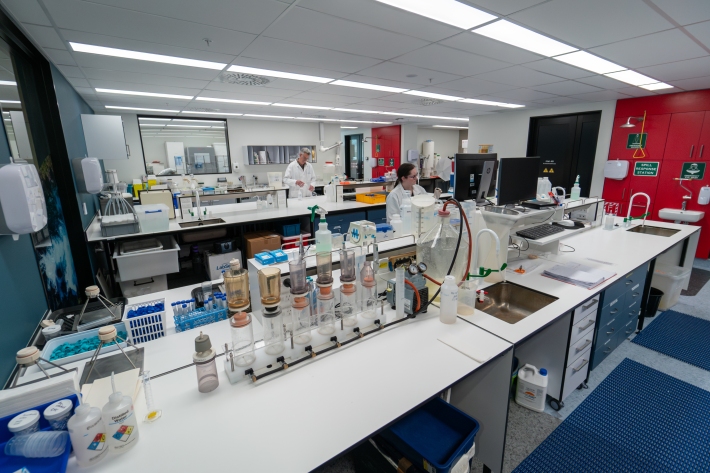-

New Technology Enhances River Digital Networks for Improved Water Management
Publication article21 March 2025NIWA scientists have launched a groundbreaking initiative that is transforming mapping of freshwater environments. -

Innovative Methods in Tackling Pest Fish: The Power of Sound and Light
Publication article20 March 2025Could bubbles and strobe lights stop pest fish swimming where they’re not wanted? -

Race Against Time: Tackling the Invasive Gold Clam
Publication article28 February 2025NIWA and partners launch critical research to stop an invasive clam threatening New Zealand's freshwater ecosystem. -

Staff Profile Clare Wilkinson
Publication article24 February 2025Introducing NIWA sediment transport scientist Clare Wilkinson. -
RotoTurf: Aquatic plant ‘life rafts’ in degraded lakes
A team of NIWA freshwater ecologists are researching the use of biodegradable plant mats to help reintroduce native aquatic plants to degraded freshwater lakes in Aotearoa-New Zealand. -

Develop a suite of control tools
Research aim: Developing a suite of control tools -

Develop predictive models
Research aim: Developing predictive models -

Understanding clam impacts
Research aim: Understanding clam impacts -

About the clam
Learn more about the invasive freshwater gold clam -

About the project
Find out more about the MBIE project -

NIWA Datasonde service
ServiceMaintaining good water quality is important for healthy ecosystems and healthy humans. NIWA are experts in providing and servicing the water quality monitoring equipment you need to effectively monitor water quality in lakes, streams, coastal waters and estuaries. -

NIWA Water Quality Laboratory
FacilitySpecialists in the chemical analysis of rivers, lakes, oceans and streams
